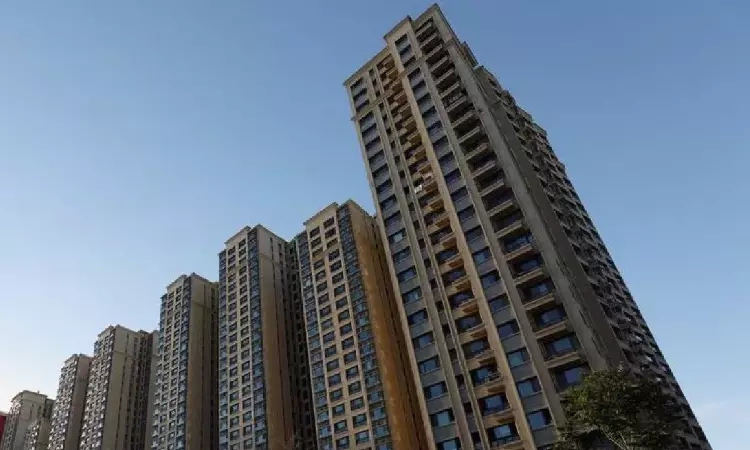Over-extraction of groundwater to damage 1 lakh buildings in Chennai: Study
The study revealed that 878 sqkm of land in 5 cities is subsiding, with Chennai being the second fastest subsiding city, exposing 1.9 crore people to subsidence rates of more than 4 mm per year

Representative image
CHENNAI: The core parts of Chennai, where most denizens have made their homes, are under threat as their buildings are at risk of damages due to land subsidence set-off by over-extraction of groundwater and nature of soil composition.
A new study published in Nature Sustainability journal on Tuesday, observed that in Chennai, the fastest subsidence rates surround flood plains of the Adyar River and city centre (core city) areas, including Valasaravakkam, Kodambakkam, Alandur and Tondiarpet.
While the study report attributed the widespread subsidence in the city centre can be attributed to the compaction of alluvium deposits from Holocene fluvial sediments, especially in the floodplain of the Adyar River (characterised by sandy clay, silt and sand), it pointed out that KK Nagar and Tondiarpet are subsiding due to groundwater extraction.
Researchers studied the relation between building damages and land subsidence in 5 cities—Chennai, New Delhi, Mumbai, Kolkata and Bengaluru—using satellite radar observations during 2015-2023. These cities hold more than 1.3 crore buildings with over 8 crore people. The study revealed that 878 sqkm of land in the cities is subsiding, exposing 1.9 crore people to subsidence rates of more than 4 mm per year.
The study found widespread subsidence in all cities, with maximum rates of 51 mm per year, 31.7 mm per year, 26.1 mm per year, 16.4 mm per year and 6.7 mm per year for Delhi, Chennai, Mumbai, Kolkata and Bengaluru, respectively. Chennai is the second fastest subsiding city among the five cities.
Moreover, buildings, in Delhi (2,264), Mumbai (110) and Chennai (32), were categorised as under high damage risk during the observation period. For the future, it was 3,169 buildings, in Delhi followed by 958 in Chennai and 262 in Mumbai.
As per the estimation, 24,582, 14,249, 2,577, 40,843 and 4,052 buildings are exposed to high damage risk in the 5 cities, respectively, in the intermediate future, whereas 3,169, 255 and 958 buildings in Delhi, Mumbai and Chennai are in the very-high-risk category.
In Chennai alone, 97,946 buildings are exposed to high damage risk in the far future (50 years).



